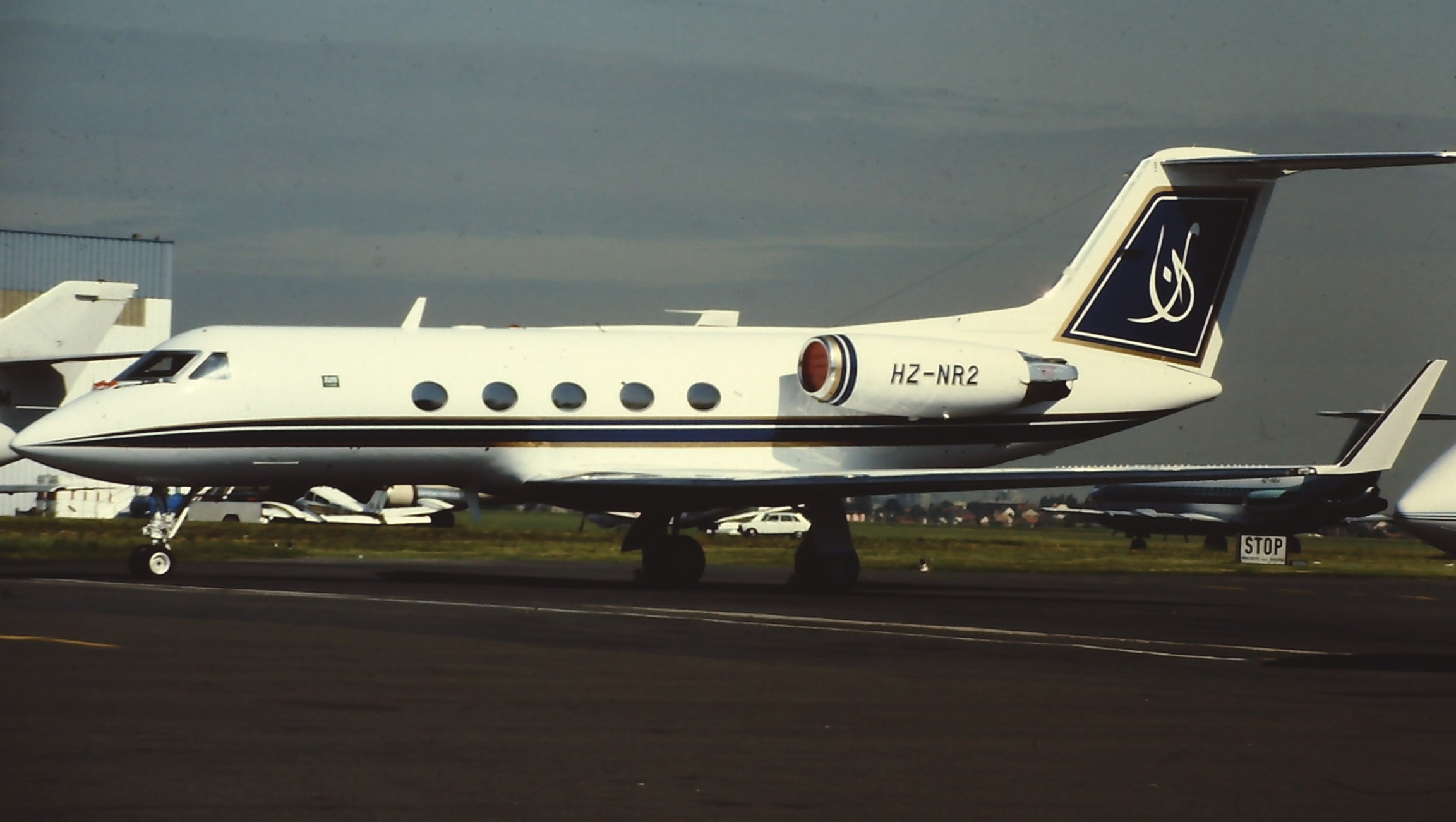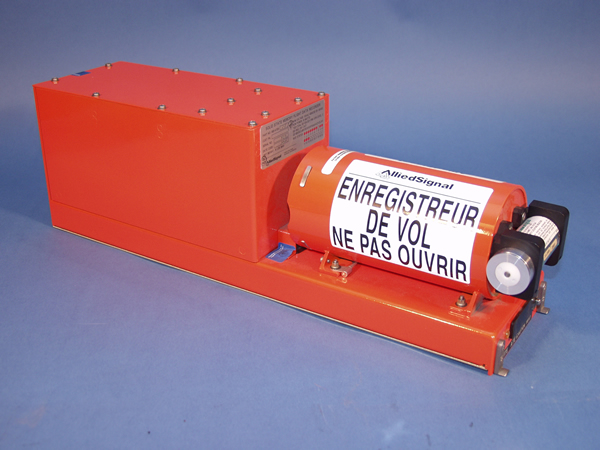|
Avjet Aspen Crash
On March 29, 2001, a chartered Gulfstream III business jet operated by Avjet from Los Angeles, California, to Aspen, Colorado, crashed into the ground while on final approach. All three crew members and 15 passengers on board perished. The subsequent investigation by the National Transportation Safety Board (NTSB) concluded that the cause of the accident was the captain's premature descent below the minimum descent altitude, carried out without having the runway in sight. The accident's investigation also brought into focus several generic safety issues, such as pressure applied on charter pilots by customers, night flight into airports near mountainous terrain, and the ambiguity of some Federal Aviation Administration rules. Flight history Captain Robert Frisbie (44) and First Officer Peter Kowalczyk (38) reported for work at Avjet's Burbank, California, facility around noon on the day of the accident. After checking the weather and the aircraft, they embarked on an 11-minute ... [...More Info...] [...Related Items...] OR: [Wikipedia] [Google] [Baidu] |
Gulfstream III
The Gulfstream III, a business jet produced by Gulfstream Aerospace, is an improved development of the Grumman Gulfstream II. The U.S. military uses versions of the Gulfstream III as the C-20A/B/C/D/E aircraft, though later C-20 F/G/H/J are Gulfstream IV. Design and development The Gulfstream III was built at Savannah, Georgia, in the United States and was designed as an improved variant of the Grumman Gulfstream II. Design studies were performed by Grumman Aerospace Corporation in collaboration with Gulfstream American Corporation. Design of the Gulfstream III started with an effort to synthesize a completely new wing employing NASA supercritical airfoil sections and winglets. Optimization studies considering weight, drag, fuel volume, cost, and performance indicated that a substantial portion of the new wing benefit could be secured with modifications to the existing wing. As a result, the new wing concept was canceled and work began on design modifications that would retai ... [...More Info...] [...Related Items...] OR: [Wikipedia] [Google] [Baidu] |
VHF Omnidirectional Range
Very High Frequency Omnidirectional Range Station (VOR) is a type of short-range VHF radio navigation system for aircraft, enabling aircraft with a VOR receiver to determine the azimuth (also radial), referenced to magnetic north, between the aircraft to/from fixed VOR ground transmitter, radio beacons. VOR and the first DME(1950) system (referenced to 1950 since different from today's DME/N) to provide the slant range distance, were developed in the United States as part of a U.S. civil/military program for Aeronautical Navigation Aids in 1945. Deployment of VOR and DME(1950) began in 1949 by the U.S. CAA (Civil Aeronautics Administration). ICAO standardized VOR and DME(1950) in 1950 in ICAO Annex ed.1. Frequencies for the use of VOR are standardized in the very high frequency (VHF) band between 108.00 and 117.95 MHz Chapter 3, Table A. To improve azimuth accuracy of VOR even under difficult siting conditions, Doppler VOR (DVOR) was developed in the 1960s. VOR is accordi ... [...More Info...] [...Related Items...] OR: [Wikipedia] [Google] [Baidu] |
Settlement (litigation)
In law, a settlement is a resolution between disputing parties about a legal case, reached either before or after court action begins. A collective settlement is a settlement of multiple similar legal cases. The term also has other meanings in the context of law. Structured settlements provide for future periodic payments, instead of a one time cash payment. Basis A settlement, as well as dealing with the dispute between the parties is a contract between those parties, and is one possible (and common) result when parties sue (or contemplate so doing) each other in civil proceedings. The plaintiffs and defendants identified in the lawsuit can end the dispute between themselves without a trial. The contract is based upon the bargain that a party forgoes its ability to sue (if it has not sued already), or to continue with the claim (if the plaintiff has sued), in return for the certainty written into the settlement. The courts will enforce the settlement. If it is breached, t ... [...More Info...] [...Related Items...] OR: [Wikipedia] [Google] [Baidu] |
NOTAM
A NOTAM (ICAO & FAA: Notice to Airmen, CAA: Notice to Aviation or, for the FAA from 2021 to 2025, Notice to Air Missions) is a notice filed with an aviation authority to alert aircraft pilots of potential hazards along a flight route or at a location that could affect the flight. NOTAMs are notices or advisories that contain information concerning the establishment, conditions or change in any aeronautical facility, service, procedure or hazard, the timely knowledge of which may be essential to personnel and systems concerned with flight operations. NOTAMs are created and transmitted by government agencies and airport operators under guidelines specified by Annex 15: Aeronautical Information Services of the Convention on International Civil Aviation (CICA). A NOTAM is filed with an aviation authority to alert aircraft pilots of any hazards ''en route'' or at a specific location, or Flight Information Region. The authority, in turn, provides a means of disseminating relevant NOTA ... [...More Info...] [...Related Items...] OR: [Wikipedia] [Google] [Baidu] |
Jump Seat
A jump seat (sometimes spelled jumpseat) is an auxiliary seat in an automobile, train or aircraft, typically folding or spring-loaded to collapse out of the way when not used. The term originated in the United States c. 1860 for a movable carriage seat. History Jump seats originated in horse-drawn carriages and were carried over to various forms of motorcar. A historic use still found today is in limousines, along with delivery vans (either as an auxiliary seat or an adaptation of the driver's seat to improve ease of entry and exit for their many deliveries) and various forms of extended cab pickup trucks (to permit a ready trade-off - and transition - between seating and storage space behind the front seat). In aviation Jump seats are found both in the utility areas of the passenger cabin for flight attendant use (required during takeoff and landing) and in the cockpit— officially termed ''auxiliary crew stations''— for individuals not involved in operating the a ... [...More Info...] [...Related Items...] OR: [Wikipedia] [Google] [Baidu] |
Cockpit
A cockpit or flight deck is the area, on the front part of an aircraft, spacecraft, or submersible, from which a pilot controls the vehicle. The cockpit of an aircraft contains flight instruments on an instrument panel, and the controls that enable the pilot to fly the aircraft. In most airliners, a door separates the cockpit from the aircraft cabin. After the September 11, 2001 attacks, all major airlines fortified their cockpits against access by hijackers. Etymology The word cockpit seems to have been used as a nautical term in the 17th century, without reference to cock fighting. It referred to an area in the rear of a ship where the cockswain's station was located, the cockswain being the pilot of a smaller "boat" that could be dispatched from the ship to board another ship or to bring people ashore. The word "cockswain" in turn derives from the old English terms for "boat-servant" (''coque'' is the French word for "shell"; and ''swain'' was old English for boy ... [...More Info...] [...Related Items...] OR: [Wikipedia] [Google] [Baidu] |
Flight Data Recorder
A flight recorder is an electronic recording device placed in an aircraft for the purpose of facilitating the investigation of aviation accidents and incidents. The device may often be referred to colloquially as a "black box", an outdated name which has become a misnomer—they are now required to be painted bright orange, to aid in their recovery after accidents. There are two types of flight recording devices: the flight data recorder (FDR) preserves the recent history of the flight through the recording of dozens of parameters collected several times per second; the cockpit voice recorder (CVR) preserves the recent history of the sounds in the cockpit, including the conversation of the pilots. The two devices may be combined into a single unit. Together, the FDR and CVR objectively document the aircraft's flight history, which may assist in any later investigation. The two flight recorders are required by international regulation, overseen by the International Civil Aviat ... [...More Info...] [...Related Items...] OR: [Wikipedia] [Google] [Baidu] |
Air Taxi
An air taxi is a small commercial aircraft that makes short flights on demand. History The concept of air taxis existed as early as the 1910s. This concept goes back as early as 1917 with Glenn Curtiss’ prototype, the auto-plane. Furthermore, during the 1920s to the late 1950s, various inventors created their own prototypes. Such inventors included Henry Ford, Waldo Waterman, and Moulton “Molt” Taylor. However, each of these projects faced challenges which included crashes, lack of funding, or technical difficulties. After all this experimentation and challenges faced, the urban air mobility industry had shifted focus on “improving safety and enhancing economic and operational efficiency of vertical flight". The next phase from the 1950s to the late 1980s included urban air mobility services through the use of helicopters within major cities such as Los Angeles, San Francisco, and New York (state), New York; however, the challenges of fuel costs and safety have made it ... [...More Info...] [...Related Items...] OR: [Wikipedia] [Google] [Baidu] |
Code Of Federal Regulations
In the law of the United States, the ''Code of Federal Regulations'' (''CFR'') is the codification of the general and permanent regulatory law, regulations promulgated by the executive departments and agencies of the federal government of the United States. The CFR is divided into 50 titles that represent broad areas subject to federal regulation. The CFR annual edition is published as a special issue of the ''Federal Register'' by the Office of the Federal Register (part of the National Archives and Records Administration) and the Government Publishing Office. In addition to this annual edition, the CFR is published online on the Electronic CFR (eCFR) website, which is updated daily. Background Congress frequently delegates authority to an executive branch agency to issue regulations to govern some sphere. These statutes are called "authorizing statute" or "enabling statute" (or "authorizing legislation"). Authorizing statutes typically have two parts: (1) a substantive sc ... [...More Info...] [...Related Items...] OR: [Wikipedia] [Google] [Baidu] |
Cockpit Voice Recorder
A flight recorder is an electronic recording device placed in an aircraft for the purpose of facilitating the investigation of aviation accidents and incidents. The device may often be referred to colloquially as a "black box", an outdated name which has become a misnomer—they are now required to be painted Safety orange, bright orange, to aid in their recovery after accidents. There are two types of flight recording devices: the flight data recorder (FDR) preserves the recent history of the flight through the recording of dozens of parameters collected several times per second; the cockpit voice recorder (CVR) preserves the recent history of the sounds in the cockpit, including the conversation of the pilots. The two devices may be combined into a single unit. Together, the FDR and CVR objectively document the aircraft's flight history, which may assist in any later investigation. The two flight recorders are required by international regulation, overseen by the Internation ... [...More Info...] [...Related Items...] OR: [Wikipedia] [Google] [Baidu] |






